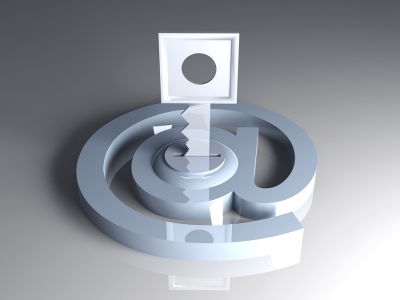IMAP vs POP3 - which email system works best for you?
July 25th 2016

SilverServers has been providing POP3 and IMAP email services from Kamloops for well over a decade. A long long time ago, at least in Internet time, POP3 used to be the standard for email accounts. While newer technologies such as IMAP (etc.) are now dominant, there is still a good usage case for the old POP account.
POP3 Email Accounts
The way a POP account works is quite simple. It's just a file on a computer or server that stores all the emails, usually first one in is the first one in the file. Last one in is the last one in the file. When you connect to receive your email, your computer requests the latest messages. This is great for privacy and security (depending on your email program configuration) as once you've downloaded the message you have the option to have the server automatically delete the server copy. On the other hand, if you don't have a local backup on your computer and something goes wrong you do run the risk of losing all of your email.
IMAP Email Accounts
IMAP, on the other hand is based on synchronizing mail between devices, which includes the email server. In general, any mail on your computer can now be stored on the server. Any other device like a tablet or smartphone can connect and access the same mail. While this is great for convenience, you now have copies of your mail on many devices and in a web-accessible location. Depending on your security and privacy needs, this may be fine or it may be a concern.
In general, POP accounts are very cheap to operate and are relatively problem-free. IMAP is very stable but the catch here is that every message can end up being stored in many places. Instead of having 1GB of email on your computer, you may have 1GB on your computer, 1GB on your laptop, 1GB on your smartphone, 1GB on the server, etc. 1GB may not be large today, but if you have high mail volume you may have 10GB or 50GB or more! Suddenly having all that mail stored on all those devices requires a significant investment in storage just for your email. In rare cases things can go wrong with this type of set up and you can experience problems that will affect all of your associated devices.
Overall, we like to suggest POP accounts as a starting point for simplicity and security when users do not require the synchronization features of an IMAP account. Even without Synchronization, POP accounts can be set up so that all of your mail goes into separate POP accounts for each of your devices, which then offers an increased level of control and security as well as some redundancy. Each device can control it's own storage and how it retains mail without affecting the other devices. The set up is slightly more complex but not very hard to do. When users are on the go using multiple devices and synchronization is a must, the IMAP technology becomes an excellent fit, especially when they require a powerful web-based email client. In either option, we always recommend doing regular backups of your mail as both technologies have their limitations and there's no excuse for not backing up your data.
For more helpful articles about email support or services, check out that section of our blog!


